reviewed by Christina Lopez
We have heard about the dangerous nature of cyanide which acts an s a lethal poison resulting in the immediate death of an individual. However, what's surprising is that this toxic compound is found in almost many daily life plants that not only seem harmless to us but are also consumed in large amounts regularly.
Cyanide is a poisonous chemical compound that when ingested, can cause immediate death. This is usually found in plants and certain nuts which we consume. That should mean that if we ingest those plants, we are sure to be awaiting death, get poisoned or die right?
Well, the reason why we don't get intoxicated is that they contain cyanide in an inactive form known as a cyanogenic glycoside. When consumed in this form, the chemical does not harm the consumer.
This is also because, in the same place where this chemical is present, some enzymes activate this compound.
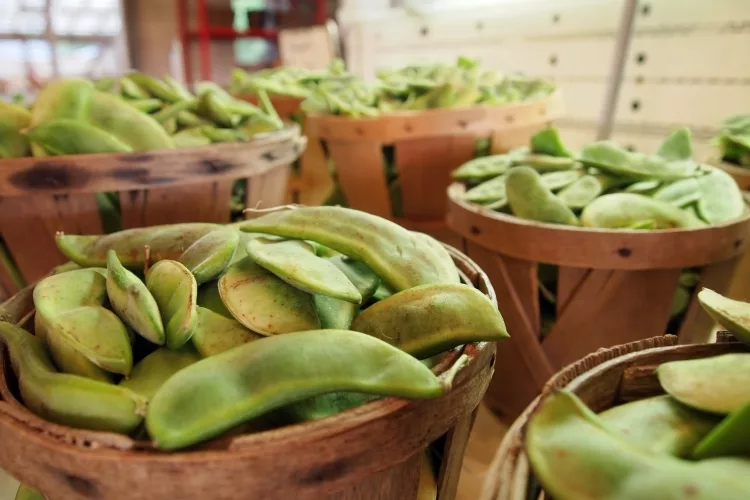
Some plants that contain cyanide include the following:
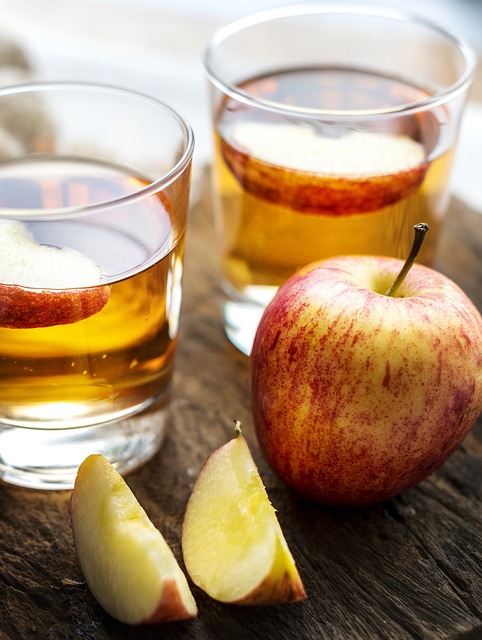
Apples are one of the common fruits containing cyanide. It mainly has this chemical in its seeds where it's in a small quantity that doesn't harm you if you have consumed just a grain or so.
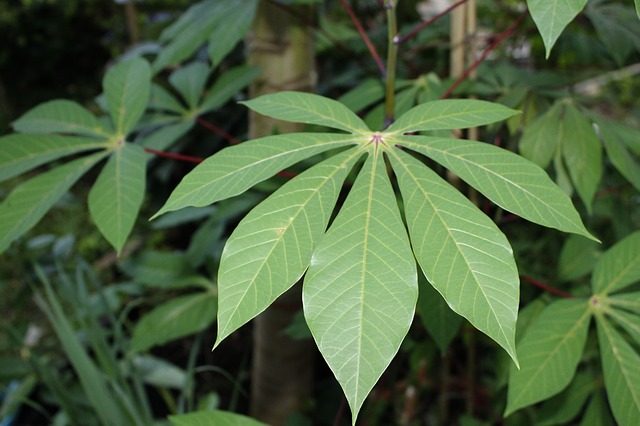
Cassava a staple food source is also a land that holds this chemical compound and is mainly found in its roots where the sweet roots possess as much as 20mg cyanide per kilogram, and the bitter roots pose almost 50 times more this amount.
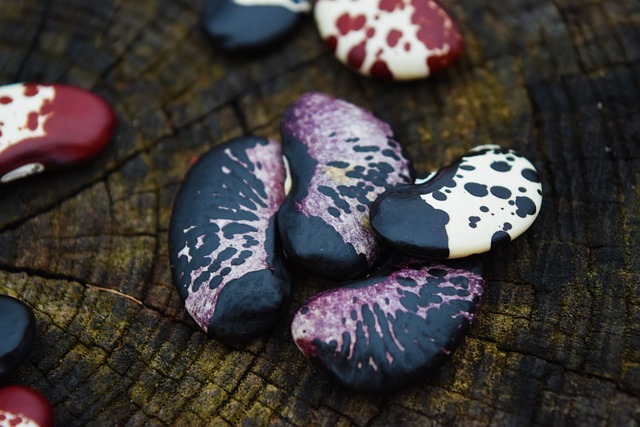
Out of the different plants that have cyanide, Lima beans, also known as butter beans, have cyanide in them too. These little green beans possess cyanide in the leaves and roots of this plant in the form of linamarin. When these beans are raw, they possess a high level of cyanide in them that when ingested can be lethal.
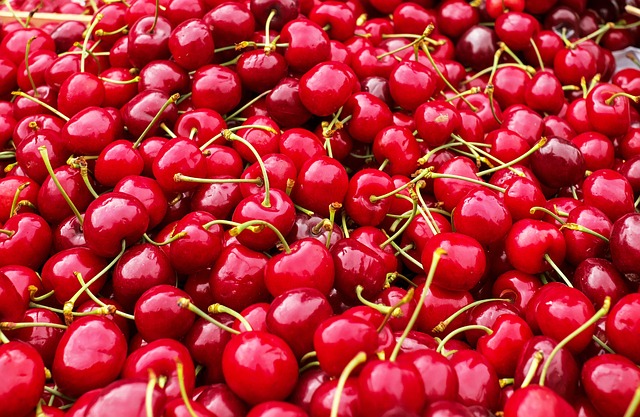
Cherries perhaps one of the most common berries contain the poisonous cyanide compound in it as well. This delicate looking berry has the mixture enriched in its pit where it is situated in the form of a compound called amygdalin. The cyanide is almost 0.17gms in each seed of the cherry.
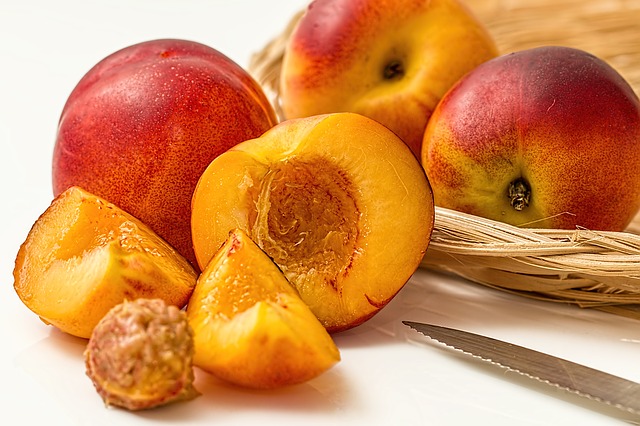
Peaches just like cherries are one of the plants that contain cyanide and have this compound in its seed. However, peaches possess this compound in the bitter almond that is situated in its pit.in this case it to is in an inactive form.
Although it seems that since these plants have less cyanide or in an inactive form, they may not harm any. However, sadly, that is not the case. If lima beans are consumed raw, just three to four are enough to cause poisoning. Cherry pits if consumed in a certain amount too can be lethal.
If cassava roots are ingested, they also can cause severe cyanide poisoning to an individual as well. Symptoms include vomiting, nausea and respiratory issues. For this very reason, medical treatment must be provided to the individual immediately to avoid further intoxication.
Plants that contain cyanide are not just limited to these names. There are a lot more plants that have this chemical and can be either as harmful as lima beans or as harmless as the apple seeds.
How to Grow Insulin Plant in your Garden?
10 Plants that give Oxygen at Night {24 Hour Oxygen}
10 Plants & Herbs That Contain Lectins
5 Plants that contain Ephedrine
 |
 |
 |
 |

About Christina Lopez
Christina Lopez grew up in the scenic city of Mountain View, California. For eighteen ascetic years, she refrained from eating meat until she discovered the exquisite delicacy of chicken thighs. Christina is a city finalist competitive pingpong player, an ocean diver, and an ex-pat in England and Japan. Currently, she is a computer science doctoral student. Christina writes late at night; most of her daytime is spent enchanting her magical herb garden.
 |
 |
 |
 |
Get new FREE Gifts. Or latest free growing e-books from our latest works.
Disable Ad block to reveal all the links. Once done, hit a button below
 |
 |
 |
 |